How Did the Ancient People Survive So Many Ice Ages in History?

China has experienced four extremely cold periods in its history, with temperatures much lower than those of today. Modern people are perhaps fortunate enough to have cotton quilts and thick clothes to get through the winter. In northern China, there is even heating during the winter. Although it’s a bit cold outside, at least when people get home, they can always have some hot water to warm their bodies. However, before the Song Dynasty, in an era when cotton hadn’t been widely popularized, how did ordinary people manage to survive the cold winters?
I. Temperature Changes in History
To put it simply, for some poor people, they not only relied on the weather for their livelihood but also for their very survival. Once the temperature dropped sharply, just a few layers of Hanfu were far from enough to keep them warm, and this was truly cruel for them.
Yes, the saying “There are frozen bones by the roadside” is not just a rumor. In a peaceful and prosperous era, common people could still find a way to make a living. But in a chaotic and war-torn time, they almost had no choice but to struggle forward amidst the hardships, with the harsh reality of countless suffering people around.
The following graph shows the historical temperature change curve in China over the past five thousand years. The periods above the horizontal line represent warm periods, and those below represent cold periods. The time span is from 3000 BC to 2020. If you plan to travel through time, please definitely avoid traveling to these extremely cold periods.

1. Western Zhou Dynasty
From this graph, we can observe four cold periods in history. The first one occurred during the Western Zhou Dynasty, which is marked as Cold Period ①. The Western Zhou Dynasty experienced a brief cold spell, with the average annual temperature dropping below zero degrees Celsius. Even cold-resistant cattle and horses froze to death. Vast areas were covered in ice and snow. Just one cold wave could cause a sharp decline in the already small population. The Bamboo Annals records the freezing of the Yangtze River and the Han River during the reign of King Xiao of Zhou: “In winter, there was a heavy hailstorm. Cattle and horses died, and both the Yangtze River and the Han River froze.”

2. Eastern Han Dynasty
The second cold period was at the end of the Eastern Han Dynasty, which is marked as Cold Period ②. It was a real combination of natural disasters and a chaotic time. Heavy snow fell frequently, resulting in a large number of deaths. “From the imperial harem to the residences of the princes, three to four people died of cold and hunger every day.” Just imagine, if three to four people were freezing to death in the royal palace every day, what about the ordinary people? Someone might even step on a corpse while walking, and the tragic scene of cannibalism even occurred.

3. Southern Song Dynasty
The third cold period was during the Southern Song Dynasty, which is marked as Cold Period ③. The people of the Southern Song Dynasty in the south had relatively weak cold resistance, and this also affected the combat effectiveness of the army at that time. They were not as resistant to the cold as the nomadic peoples in the north. From this picture below, it’s clear that there are obvious differences between the clothing of the nomadic peoples and Hanfu.
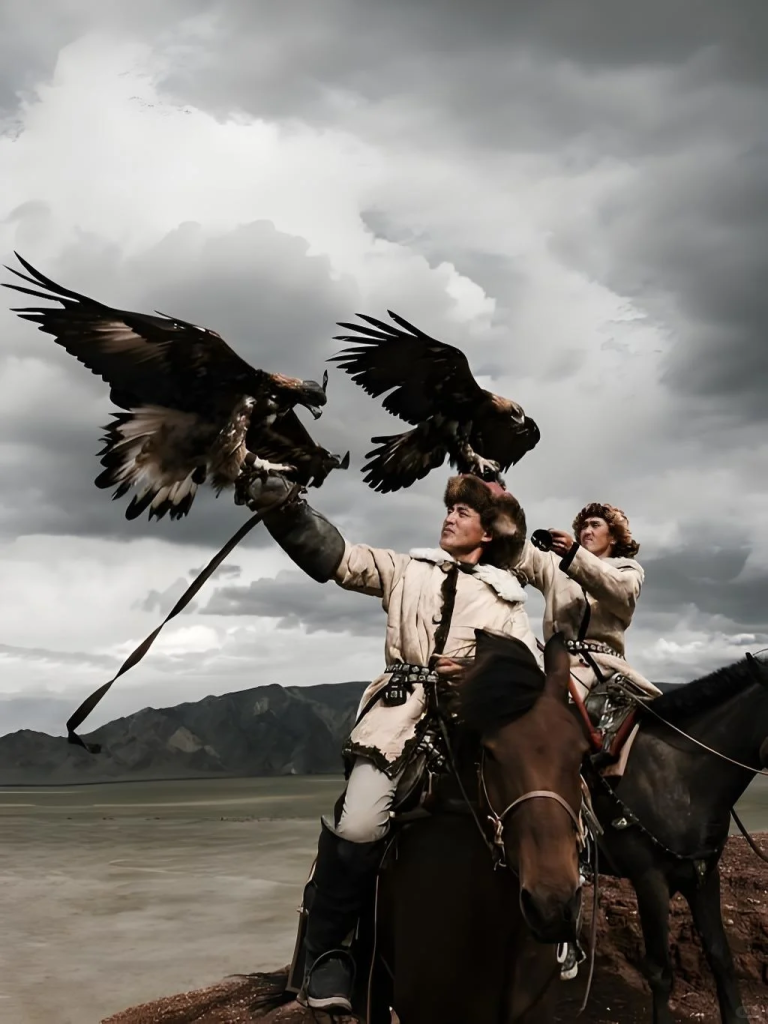
The cavalry of the nomadic peoples was powerful, highly mobile, and extremely fast, often launching surprise attacks and blitzkriegs. The long-term weakness of the Song Dynasty also provided an opportunity for the Mongols to take advantage. Do you know how cold it was? In 1111 AD, the entire Taihu Lake froze over, successive “heavy snowfalls” led to the situation where “the muddy roads were all iced over, and the people in the capital were cold and hungry, with a large number of deaths.”

4. Ming and Qing dynasties
The fourth cold period was during the Ming and Qing dynasties, marked as Cold Period ④. Although the textile technology was improved at the end of the Song Dynasty and the beginning of the Yuan Dynasty, and cotton was widely popularized, this cold period was longer than the previous ones.
Cold wave disasters occurred frequently, making the lives of the common people extremely miserable. In the local chronicles of many provinces and cities across the country, there are records of people freezing to death. In Daye, Hubei, and other places, “a large number of people froze to death due to cold and hunger”; in Kaifeng, Henan, “the wells froze, and many people on the roads froze to death”; in Nanchang, Jiangxi, “many pedestrians froze to death”; in Huaining, Anhui, “a large number of people froze to death”; in Xuyi, Jiangsu, “many people froze to death, and birds and beasts entered houses to seek food”; in Linyi, Shandong, “many people froze to death”, and in Weihai, “countless pedestrians died, and there were even people who froze to death indoors.”

II. What Did the Common People Wear?
So, as you can see in many old photos from the Qing Dynasty, most people were dressed extremely clumsily and heavily. They either wore several layers of coarse traditional Chinese clothing made of hemp or lined cotton-padded clothes.
Before the end of the Song Dynasty, when cotton hadn’t been widely popularized yet, common people with a bit of savings could wear coarse clothes made of hemp. However, hemp fibers are quite thick and coarse, and they couldn’t really provide effective protection against the cold. When it was cold, they could only rely on wearing multiple layers to keep warm. Before going to bed, they would spread a thick layer of straw under their beds. Tao Yuanming said in Biography of Mr. Wuliu (《五柳先生传》) that “his short coarse clothes were patched, and his food basket and ladle were often empty.” Here, he was referring to the patched coarse hemp clothes.
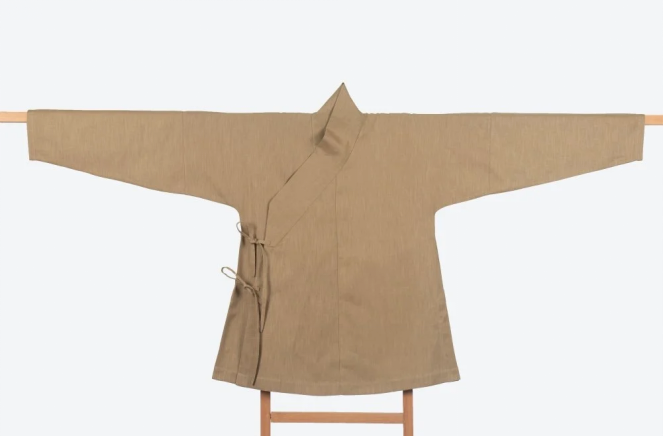
As for the poor people who were left homeless on the streets, they could only wear paper clothes and cover themselves with paper quilts. The paper made from tree bark was more durable. Later, people also mixed some paper into hemp clothes to improve their cold resistance.
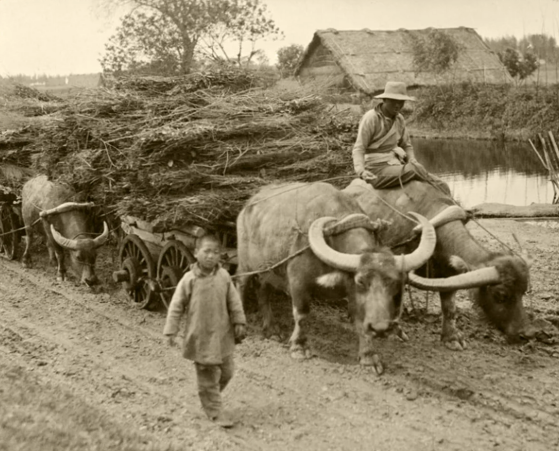
You might ask, why didn’t they burn firewood? You should know that firewood and charcoal were also luxury items for urban residents. That’s why in many TV dramas, there are scenes where large families receive a limited amount of charcoal with their monthly allowances. After all, in places with a high population density in ancient times, wood and soil resources were scarce. Just like people today, many were more willing to live near county towns for various welfare benefits such as medical care and education. Relatively few people actually chose to live in the mountains. A Japanese monk who wrote about his experiences in northern China during the Tang Dynasty said that many common people didn’t even have firewood for cooking and ate cold food all year round. Only those who either lived in their hometowns and could make use of the mountain resources or had some savings could set up a fireplace in their houses.
III. How Did the Wealthy People Spend the Winter?

The sophisticated ways of keeping warm that we know of were mainly practiced by the nobility. For example, during the Qin and Han dynasties, there were silk floss clothes. These clothes were made of silk floss from silkworm cocoons and had an additional layer. The sleeves of a single piece of clothing could extend more than two meters in length when laid out, with a very large cut. The materials used were quite luxurious.

Another example is fur coats. There were various options for making clothes, such as fox fur, deer skin, sheepskin, marten fur, rabbit fur… As long as one had the money, there were plenty of choices.
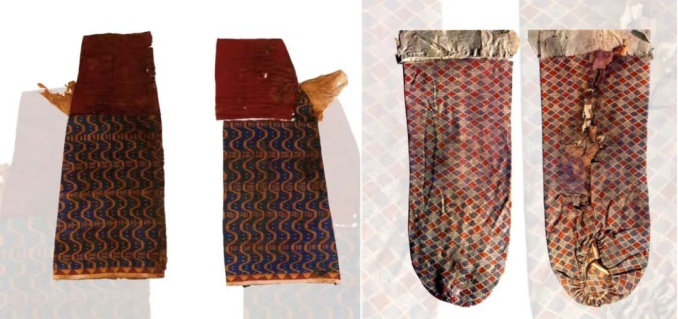
Socks and gloves already existed in the Han Dynasty. At that time, cotton, woolen, and brocade fabrics were commonly traded with the Western Regions. It should be noted that cotton did appear in the Han Dynasty, but its cultivation was not widespread, and it was mainly circulated among the nobility.
In the past, people could even be so extravagant as to use Chinese prickly ash as a raw material to build houses. For instance, the “Chinese Prickly Ash Hall” in the Han Dynasty. You should know how expensive Chinese prickly ash was in ancient times. Therefore, those who could live in such a house not only had a high status but also were greatly favored.
Those copper hand warmers and hot water bottles that had relatively better heat preservation functions, after all, used quite expensive copper as raw materials. The thicker the copper, the better the heat preservation effect. For ordinary people, if they had such items, they were precious family heirlooms.
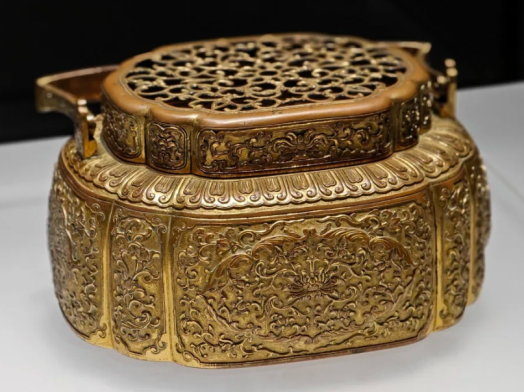
Therefore, even after the establishment of the Republic of China, a copper hand warmer could still be considered a decent dowry item in most regions. I even saw and used a copper hand warmer when I was a child. It was not until various “black technologies” such as rechargeable hand warmers and warm belly patches emerged that they gradually replaced these traditional items.
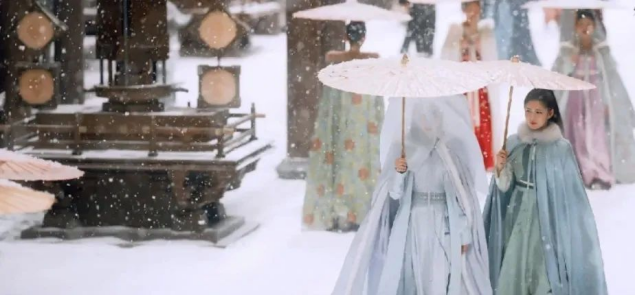
Sometimes when we study clothing, we shouldn’t just consider what was in vogue during a specific period. This is because such fashion trends were inevitably influenced by natural factors like the weather. And this logic of influence also holds true in modern times.
Why could the styles from the Han Dynasty, the Song Dynasty, the Yuan Dynasty, and the Ming Dynasty be carried forward and used as winter attire? Why were single-layered shirt and skirt ensembles more prevalent in the Tang Dynasty and the Northern Song Dynasty? These questions will hopefully inspire some thoughts among us.
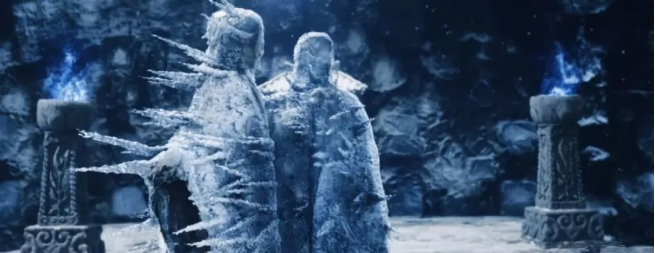
Summary
It is precisely because of the past disasters that we cherish the present even more. Fortunately, we now live in a modern society where we don’t have to worry about life and death due to a heavy snowfall. We can wear down jackets and have heating appliances. As for the idea of “time-traveling,” we really should think twice before doing it.
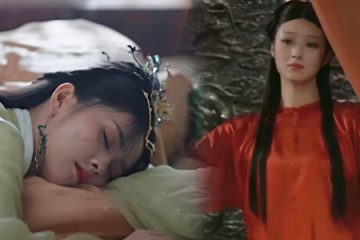
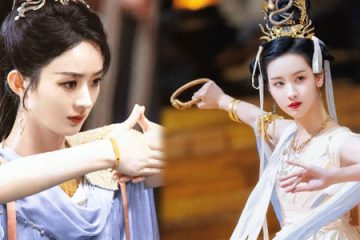

0 Comments